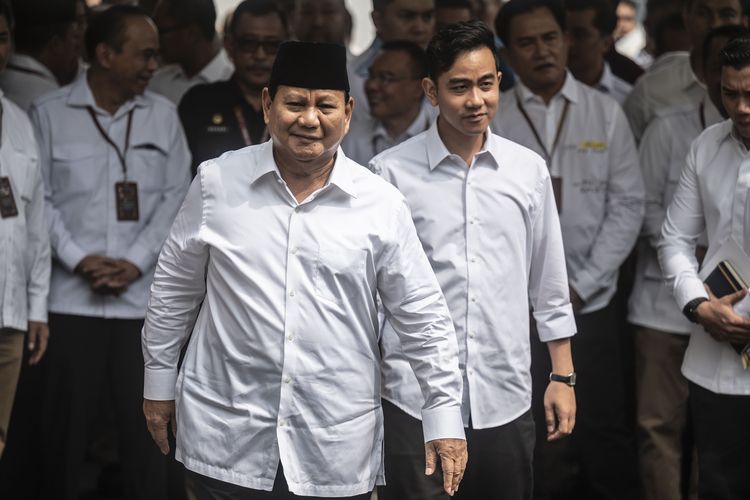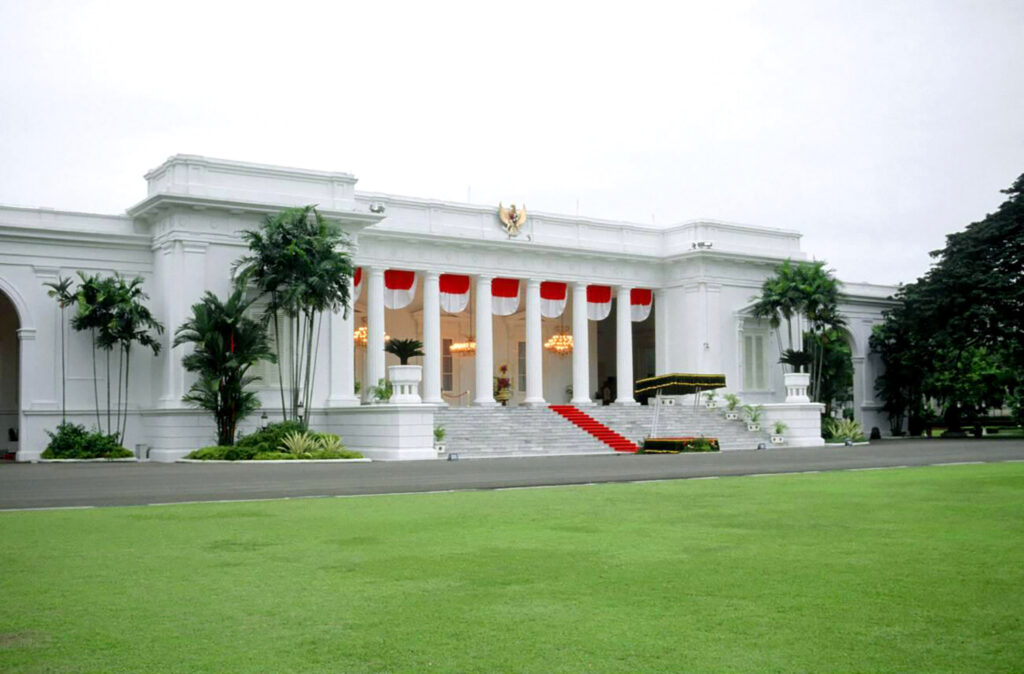
The concept of a Zaken Cabinet has resurfaced as the inauguration of the newly elected president and vice president approaches on Oct. 20. The term was first applied during the Djuanda Cabinet in Indonesia’s liberal democracy era.
“The normative definition of a Zaken Cabinet is a cabinet composed of a combination of technocrats, professionals, and politicians,” said Dr. Mada Sukmajati, a lecturer in Politics and Government at the UGM Faculty of Social and Political Sciences, on Wednesday (Oct. 9).
However, the current context for the Zaken Cabinet differs due to the political system in place. During the Djuanda Cabinet, Indonesia followed a parliamentary system, while today, it follows a presidential system.
Despite this, Dr. Sukmajati notes that some challenges and dilemmas remain similar, particularly concerning the accommodation of political powers and the need to implement effective policies quickly.
“In both the Djuanda era and now, there is a need to maintain political stability, making the accommodation of political forces a necessity,” he explained.
Dr. Sukmajati further emphasized that one of the major challenges in forming a Zaken Cabinet in the modern era is balancing political stability and government effectiveness. He describes these as institutional dilemmas in applying a Zaken Cabinet in Indonesia.
The combination of a presidential system and a multiparty system often presents challenges for the president, who must choose between accommodating all supporting parties or limiting the cabinet to technocrats and professionals.
“If the priority is political stability, accommodating as many political parties as possible could be the option, although this might slow down the implementation of government programs,” Dr. Sukmajati said.

On the other hand, forming a cabinet with more technocrats and professionals could accelerate policy implementation but risks weakening political support.
Moreover, he pointed out that the incentives for opposition in Indonesia’s political system are very limited, leading most parties to prefer being part of the government rather than the opposition.
“In Indonesia, being in opposition doesn’t provide adequate access to state resources, while parties in the cabinet can leverage their positions to strengthen their political base in the regions,” he explained.
He also mentioned that political parties always seek positions within the cabinet, even if this might affect the government’s effectiveness.
However, Dr. Sukmajati noted that the pattern of a Zaken Cabinet has been forming since the era of President Susilo Bambang Yudhoyono and continued under President Jokowi, particularly for strategic positions like the Minister of Finance and Minister of Foreign Affairs.
“Technocrats or professionals usually fill strategic positions such as Minister of Finance and Minister of Foreign Affairs because objectivity in public policy decisions is highly prioritized in these roles,” Dr. Sukmajati said.
Referring to Indonesia’s current institutional context, Dr. Sukmajati stated that the Zaken Cabinet model remains relevant and could be an option for the future government, especially to maintain a balance between politics and professionalism in governance.
Author: Rahma Khoirunnisa
Editor: Gusti Grehenson
Photo: Antara

